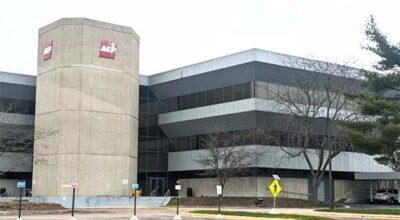Wolverine rail corridor improvements topic of meeting in Niles
Published 9:27 am Tuesday, December 1, 2015
Increased trips and decreased travel times are among the potential benefits of a long-range plan aimed at improving Amtrak service along the Wolverine rail corridor, which offers service from Chicago to Detroit/Pontiac.
A community meeting about the advantages of an enhanced corridor will be held at 7 p.m. Wednesday, Dec. 2 at the Niles District Library, which is located at 620 E. Main St.
The long-range plan is being developed by the Michigan Department of Transportation with the goal of enhancing mobility between cities along the corridor and to make rail service a more competitive alternative to driving and other modes of transportation.
“We need to see this happen so that the economic benefits that have happened in other places will happen here,” said John Langdon, of the Michigan Association of Railroad Passengers.
Proposed improvements include increasing the frequency of trips from Chicago to Detroit/Pontiac and decreasing the amount of travel time between destinations.
According to the plan, Amtrak would increase the amount of daily trips currently offered from Chicago to Detroit from three to 10 by 2035.
The proposed travel time between the two cities would decrease from approximately 5 hours and 36 minutes to three hours and 46 minutes by 2035.
The plan also includes upgrades to trains and stations along the corridor.
The Wolverine corridor is approximately 300 miles long, running from Union Station in downtown Chicago to Detroit/Pontiac. It has 16 stops, including ones in Niles and Dowagiac. It served more than 500,000 riders in 2013.
The meeting is a joint effort between Midwest High Speed Rail and the Michigan Association of Railroad Passengers.
Rick Harnish, executive director of Midwest High Speed Rail, said one of the goals of the meeting is to obtain public support for the implementation of the plan, which will be dependent on state, federal and local funding.
More information, including the entire proposed plan, can be found on the website greatlakesrail.org.






